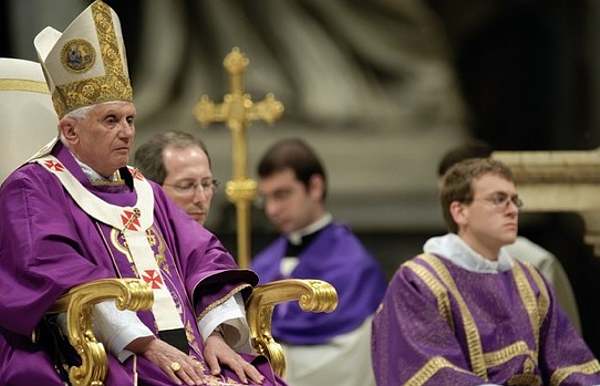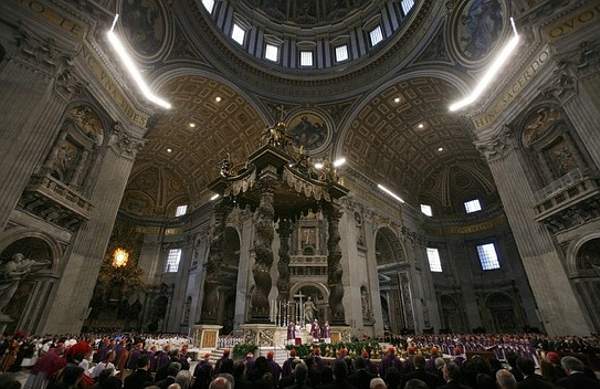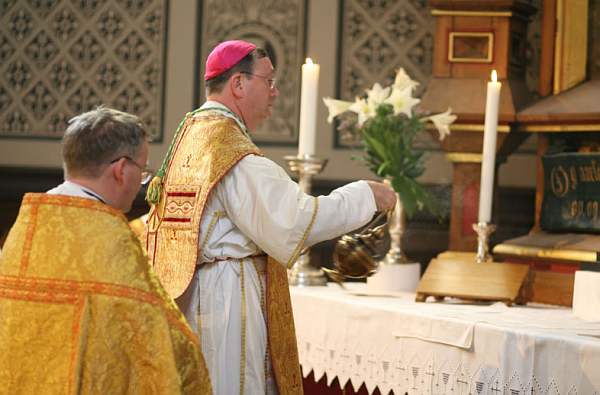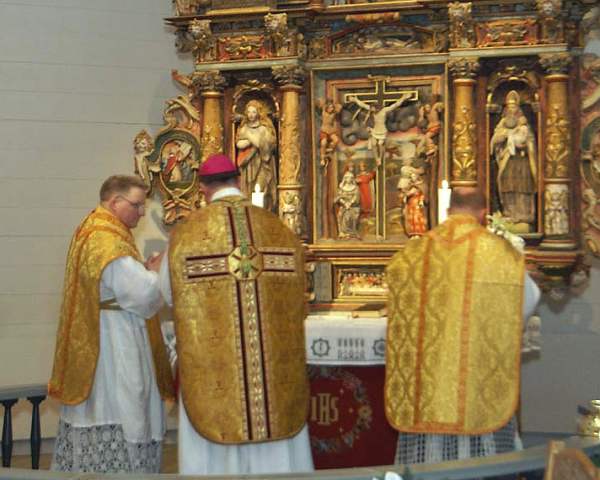Slik skriver DagenMagazinet på siden nettsider. Og de fortsetter: Seniorforsker ved Harvard universitetet i USA, dr Edward Green, har skrevet fem bøker om aids-epedemien i verden. Flere av dem tar opp det internasjonale arbeidet som gjøres for å hindre spredning. Green, som regner seg som liberal, går langt i å støtte paven. «Den vedtatte sannhet innen forskning og media er at kondom senker antallet aids-smittede. Men en rekke studier viser det motsatte. Vi finner ingen sammenheng mellom mer kondombruk og lavere smitterate i Afrika», sier han til catolichnewsagency.com.
Green mener det er en bevisst økonomisk tanke bak kondom-fokuset. Da epedemien slo ut i Afrika, begynte «industrien», som han kaller det, med en dobbelkampanje for kondom for å få mer offentlige midler til kondomdistibusjon. Slik gjorde de en produkt som var brukbart for å unngå uønskede graviditeter, til det «beste våpenet mot aids».
«Teoretisk skal kondomer virke, og noe bruk av kondom burde være bedre enn ingen bruk av kondom. Men det er teoretisk, sier han.» Greens neste bok vil se nærmere på denne industrien, som årlig får milliarder i støtte og som aktivt trenerer all snakk om atferdsendring.
Fra artikkelen på catolichnewsagency.com tar vi med: According to Dr. Green, science is finding that the media is actually on the wrong side of the issue. In fact, Green says that not only do condoms not work, but that they may be “exacerbating the problem” in Africa.
…. After spending 25 years promoting condoms for family planning purposes in Africa, he insists that he’s quite familiar with condom promotion. Yet, he claims that “anyone who worked in family planning knew that if you needed to prevent a pregnancy, say the woman will die, you don’t recommend a condom.”
…. The accepted wisdom in the scientific community, explained Green, is that condoms lower the HIV infection rate, but after numerous studies, researchers have found the opposite to be true. “We just cannot find an association between more condom use and lower HIV reduction rates” in Africa.
Dr. Green found that part of the elusive reason is a phenomenon known as risk compensation or behavioral disinhibition. “[Risk compensation] is the idea that if somebody is using a certain technology to reduce risk, a phenomenon actually occurs where people are willing to take on greater risk.” …. Because people are willing take on more risk, they may “disproportionally erase” the benefits of condom use, Green said. ….
Green’s new book, “AIDS and Ideology,” to be completed in the next few months, will describe the industry in Africa that is “drawing billions of dollars a year promoting condoms, testing, drugs, and treatment of AIDS” and is clearly resistant to the idea that behavioral change is the solution.
Yet the two countries that have the highest infection rate of AIDS in the world, Botswana and Swaziland, have recently launched campaigns to promote fidelity and monogamy, the Harvard researcher said. These countries “have learned the hard way” about the failure of condoms in preventing AIDS, he said, noting that “Botswana has probably had more condom promotion” than any other county on a per capita basis. Green said he had no problem “having condoms as a backup to fidelity-based programs.”
According to Green, the Catholic Church should continue to “do what it is already doing,” avoid “arguing about the diameter of viruses” and cite scientific evidence in connection with scripture and moral theology.
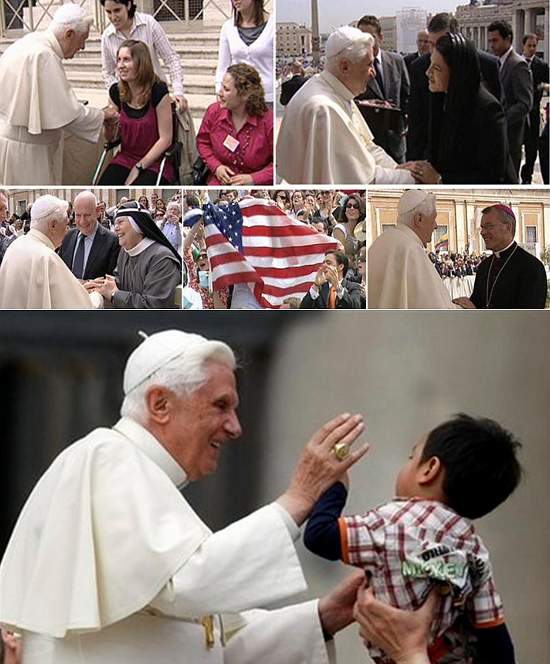
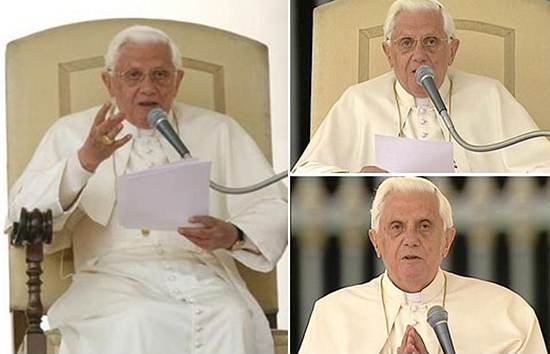

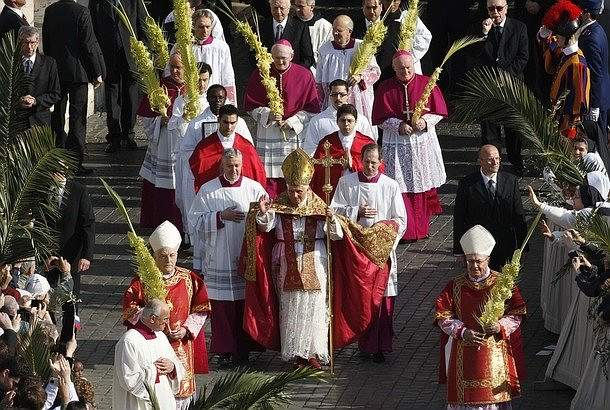
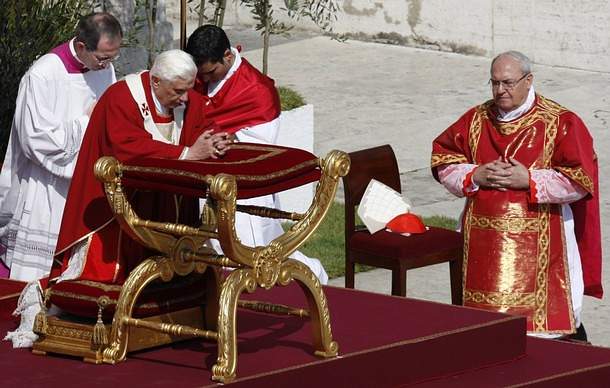
 Kom, følg meg, la oss gå opp på oljeberget. La oss sammen gå i møte med Kristus der han i dag kommer tilbake fra Betania, i møte med ham som frivillig går til sin ærerike og salige lidelse for å fullbyrde vår frelses mysterium. Av egen fri vilje legger han ut på veien til Jerusalem, han som for vår skyld steg ned fra himmelen, for å løfte oss jordiske opp sammen med seg, slik det står skrevet i Guds åpenbaring, ”opp over alle makter og myndigheter, over alt velde og herredømme og over alle navn som nevnes kan”. Han kommer ikke brautende og skrytende, for, sier profeten, ”han skal ikke strides og ikke skrike, heller ikke skal noen høre hans røst”. Mild og ydmyk som han er, gjør han sitt inntog på simpelt vis.
Kom, følg meg, la oss gå opp på oljeberget. La oss sammen gå i møte med Kristus der han i dag kommer tilbake fra Betania, i møte med ham som frivillig går til sin ærerike og salige lidelse for å fullbyrde vår frelses mysterium. Av egen fri vilje legger han ut på veien til Jerusalem, han som for vår skyld steg ned fra himmelen, for å løfte oss jordiske opp sammen med seg, slik det står skrevet i Guds åpenbaring, ”opp over alle makter og myndigheter, over alt velde og herredømme og over alle navn som nevnes kan”. Han kommer ikke brautende og skrytende, for, sier profeten, ”han skal ikke strides og ikke skrike, heller ikke skal noen høre hans røst”. Mild og ydmyk som han er, gjør han sitt inntog på simpelt vis.